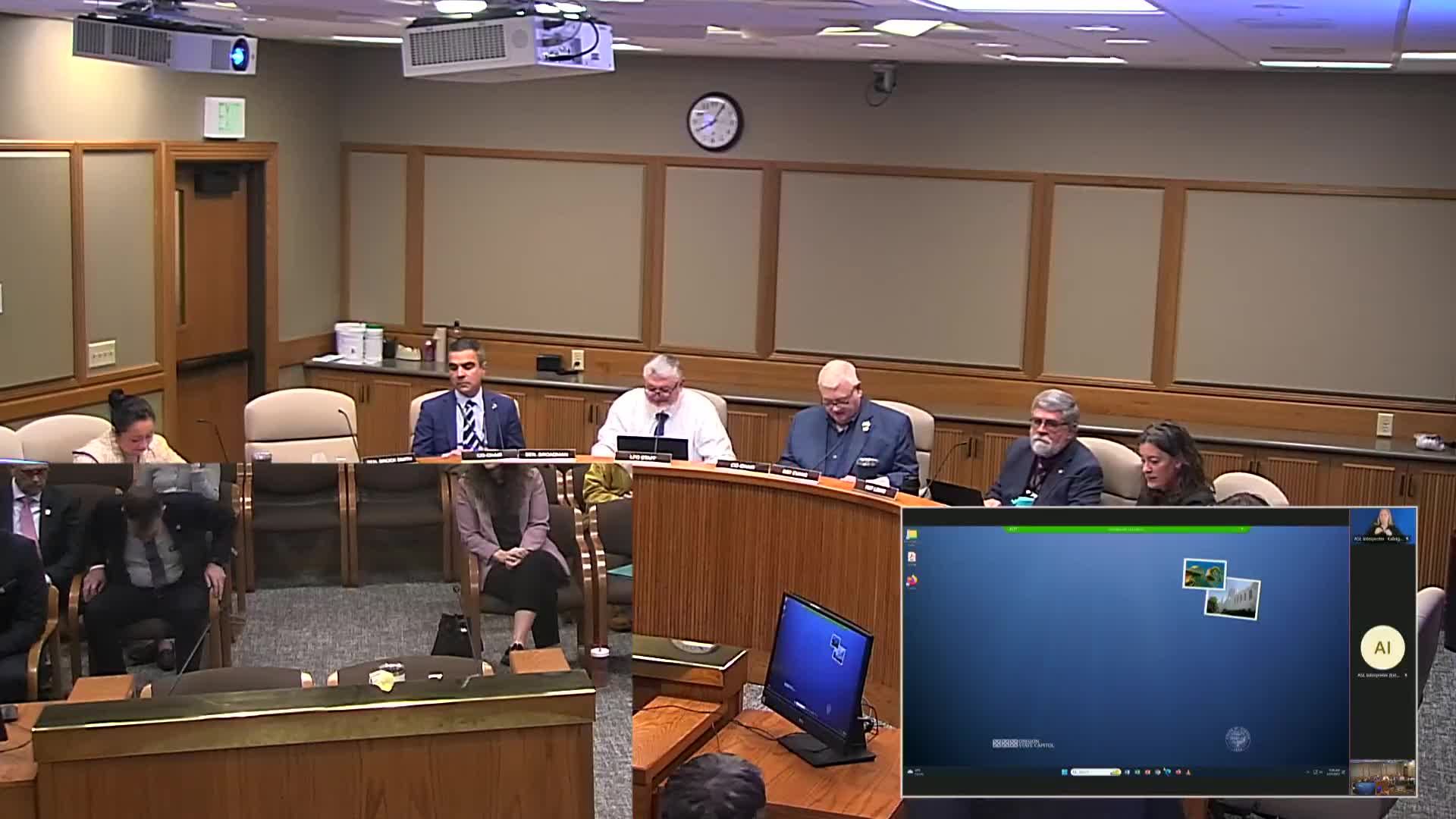Oregon Department of Corrections addresses staffing shortages with new hiring initiatives
March 11, 2025 | Public Safety, Ways and Means, Joint, Committees, Legislative, Oregon
This article was created by AI summarizing key points discussed. AI makes mistakes, so for full details and context, please refer to the video of the full meeting. Please report any errors so we can fix them. Report an error »

In the early morning light of March 11, 2025, the Joint Committee on Ways and Means Subcommittee on Public Safety convened to address pressing issues within Oregon's Department of Corrections. The atmosphere was charged with urgency as officials laid bare the challenges facing the state's correctional facilities, particularly concerning staffing shortages that have reached critical levels.
Mike Reese, the Director of the Department of Corrections, opened the session, handing the floor to Assistant Director Josh Heiberger. Heiberger presented a stark overview of the department's operations, revealing that there are currently 248 vacancies in security positions statewide, with 200 of those being correction officer roles. This shortage has significant implications, not only for the staff who are stretched thin but also for the adults in custody (AIC) who rely on a stable environment for rehabilitation and safety.
The committee members listened intently as Heiberger explained how these vacancies lead to increased overtime, which in turn affects staff morale and the overall functioning of the facilities. He highlighted that five facilities account for 84% of the current security vacancies, underscoring the urgent need for targeted recruitment and retention strategies.
In response to these challenges, the department has initiated several measures to bolster staffing. New human resource positions have been created at key facilities, and a correctional specialist trainee program has been launched to expedite the hiring process. Heiberger noted that while progress is being made, the road ahead remains challenging, particularly in areas like Eastern Oregon, where housing costs and competition from local businesses complicate recruitment efforts.
The discussion also touched on the innovative approaches being implemented to improve conditions for AICs, particularly those classified as high-risk. New roles such as assistant superintendent of special housing have been established to enhance support for these individuals, aiming to reduce incidents of staff assaults and improve overall safety within the institutions.
As the meeting progressed, committee members raised questions about the impact of recent policy changes, including the dismantling of death row, and how these decisions have influenced the behavior of those affected. While some answers were not immediately available, the commitment to transparency and ongoing evaluation was evident.
The session concluded with a sense of cautious optimism. Despite the hurdles, the Department of Corrections is actively working to address staffing shortages and improve the quality of care for those in custody. As the committee members departed, the weight of their discussions lingered, a reminder of the critical role they play in shaping the future of public safety in Oregon.
Mike Reese, the Director of the Department of Corrections, opened the session, handing the floor to Assistant Director Josh Heiberger. Heiberger presented a stark overview of the department's operations, revealing that there are currently 248 vacancies in security positions statewide, with 200 of those being correction officer roles. This shortage has significant implications, not only for the staff who are stretched thin but also for the adults in custody (AIC) who rely on a stable environment for rehabilitation and safety.
The committee members listened intently as Heiberger explained how these vacancies lead to increased overtime, which in turn affects staff morale and the overall functioning of the facilities. He highlighted that five facilities account for 84% of the current security vacancies, underscoring the urgent need for targeted recruitment and retention strategies.
In response to these challenges, the department has initiated several measures to bolster staffing. New human resource positions have been created at key facilities, and a correctional specialist trainee program has been launched to expedite the hiring process. Heiberger noted that while progress is being made, the road ahead remains challenging, particularly in areas like Eastern Oregon, where housing costs and competition from local businesses complicate recruitment efforts.
The discussion also touched on the innovative approaches being implemented to improve conditions for AICs, particularly those classified as high-risk. New roles such as assistant superintendent of special housing have been established to enhance support for these individuals, aiming to reduce incidents of staff assaults and improve overall safety within the institutions.
As the meeting progressed, committee members raised questions about the impact of recent policy changes, including the dismantling of death row, and how these decisions have influenced the behavior of those affected. While some answers were not immediately available, the commitment to transparency and ongoing evaluation was evident.
The session concluded with a sense of cautious optimism. Despite the hurdles, the Department of Corrections is actively working to address staffing shortages and improve the quality of care for those in custody. As the committee members departed, the weight of their discussions lingered, a reminder of the critical role they play in shaping the future of public safety in Oregon.
View full meeting
This article is based on a recent meeting—watch the full video and explore the complete transcript for deeper insights into the discussion.
View full meeting
